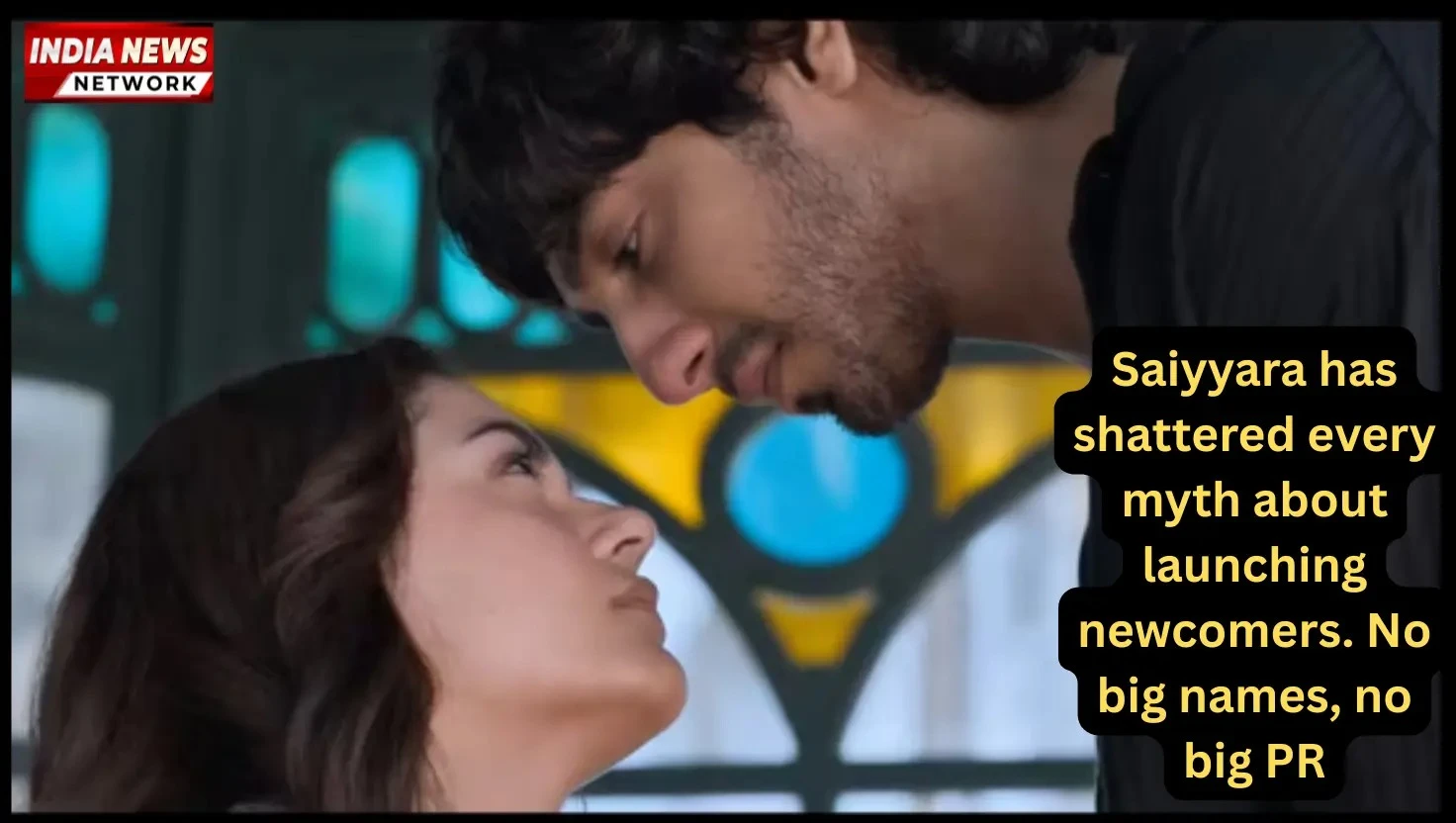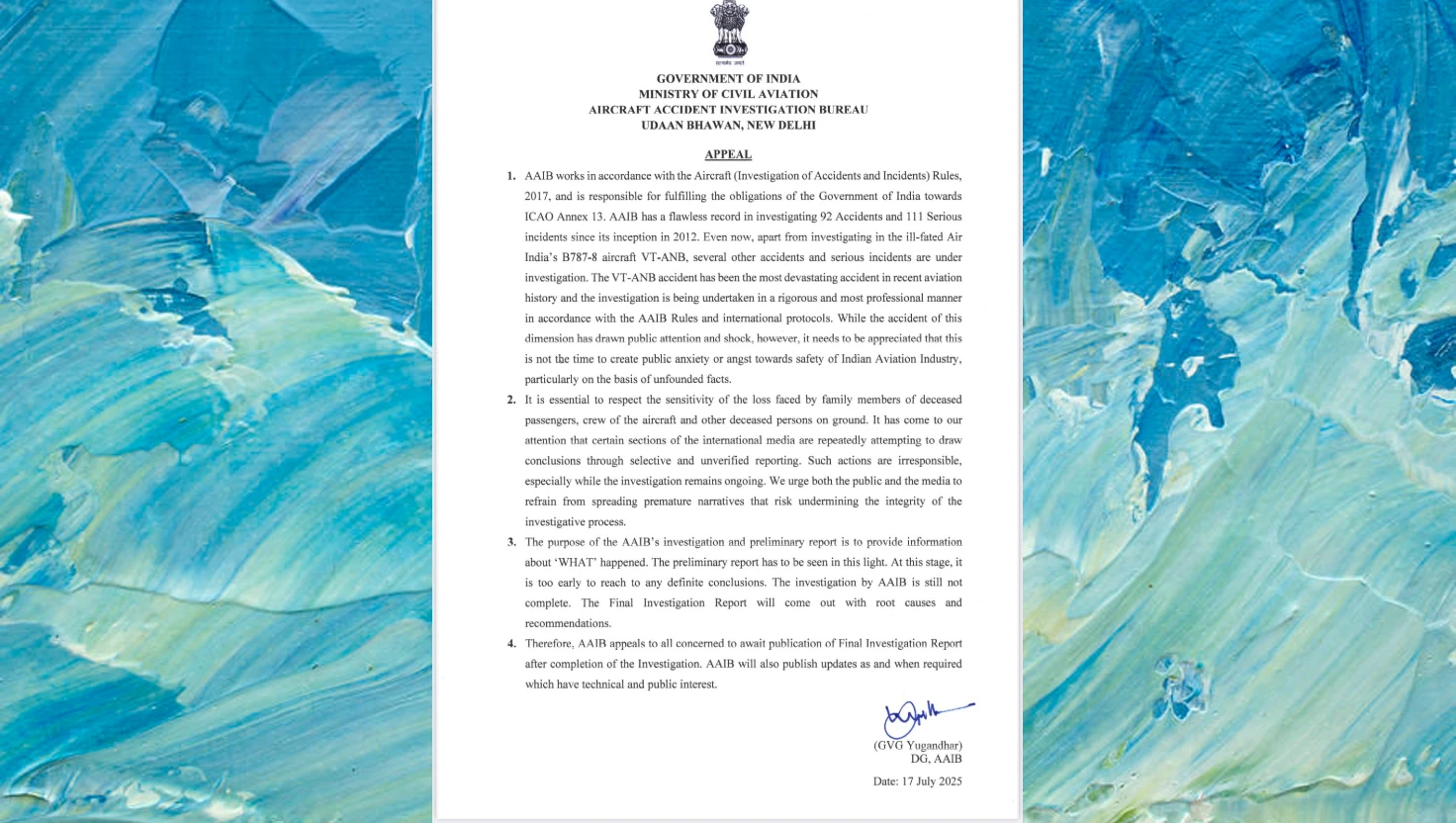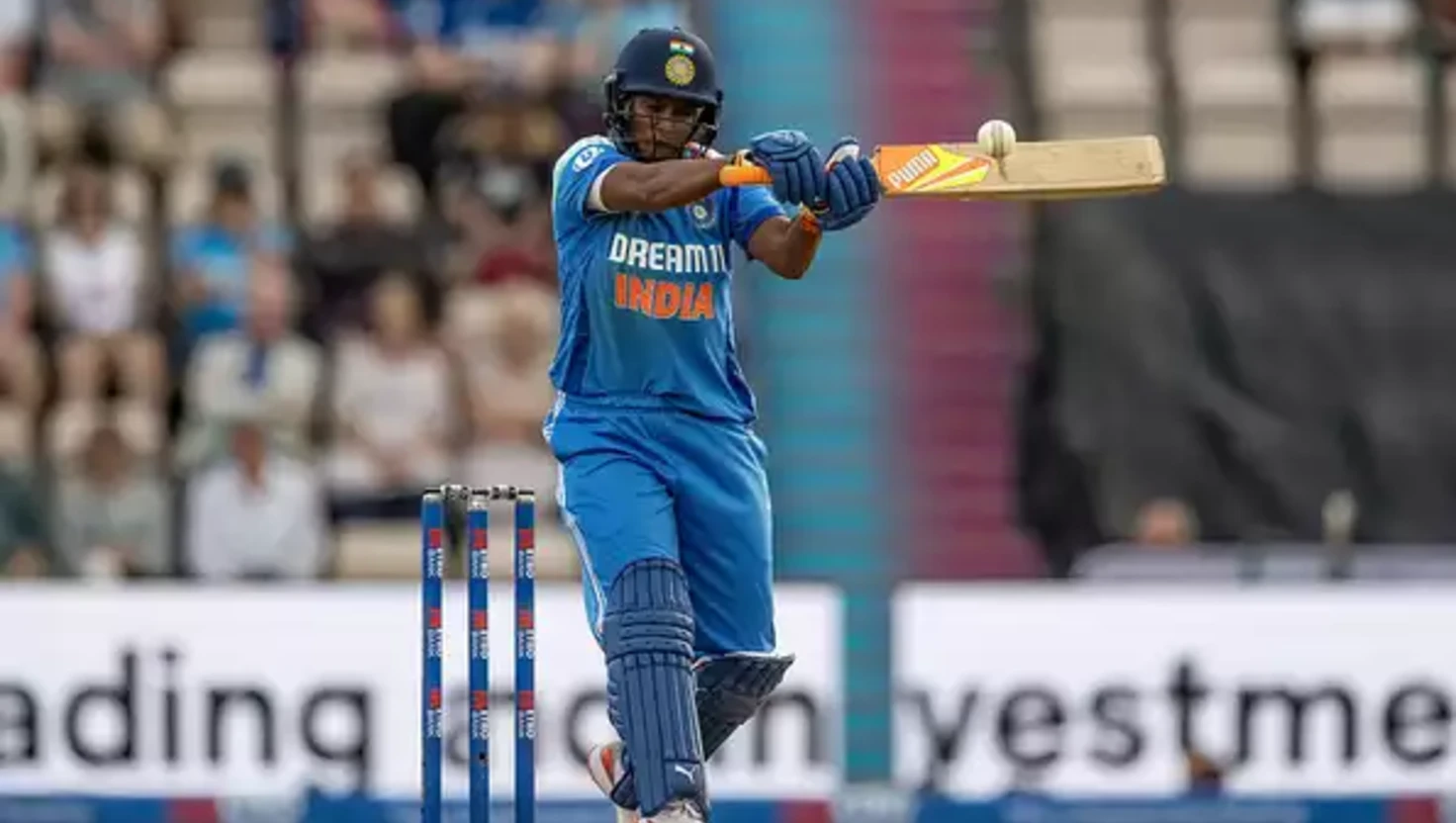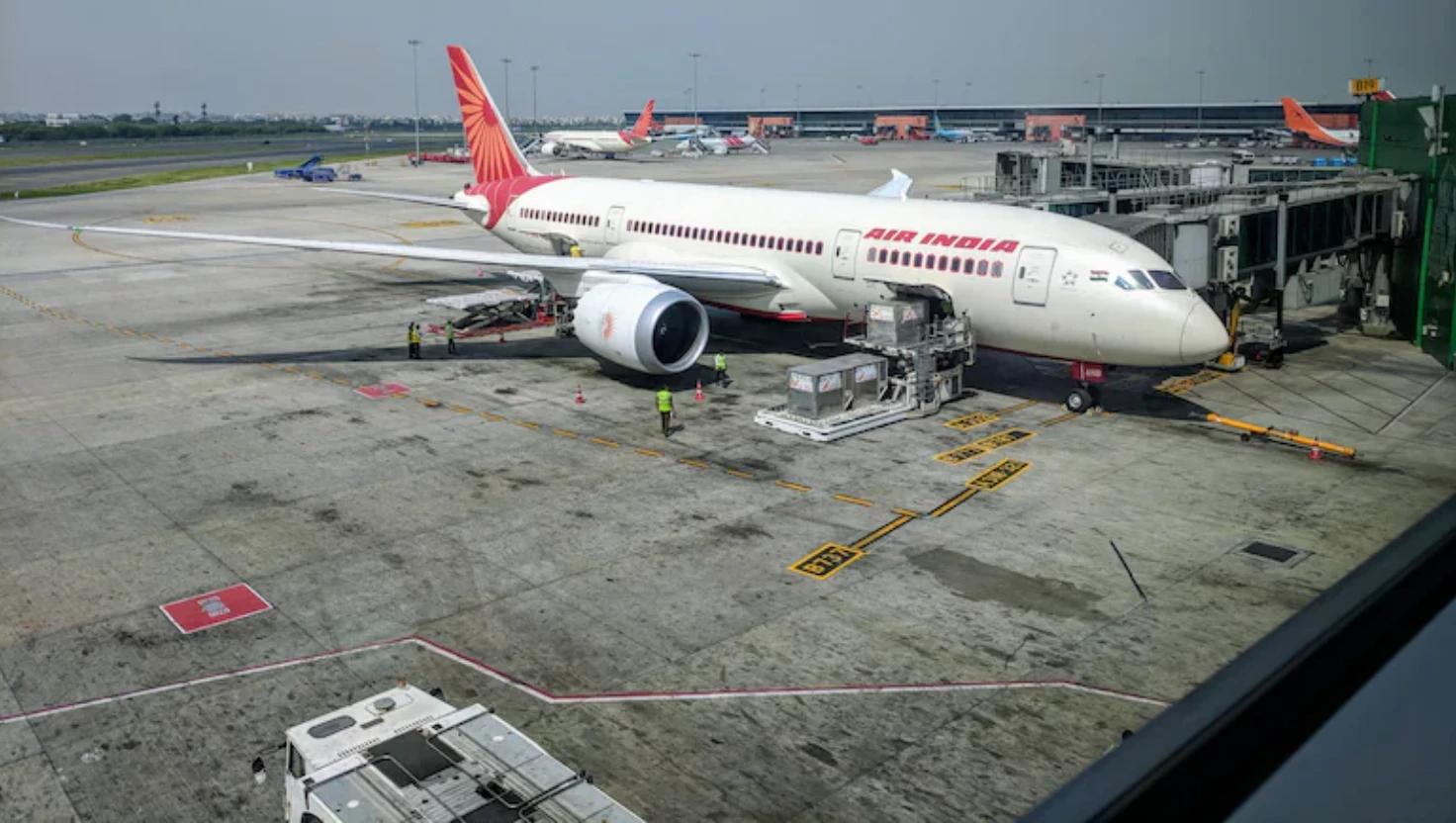Modi Government Marks 11 Years in Power, Showcases Achievements Amid Opposition Criticism

The government will highlight flagship policies and decisions implemented since it assumed power for a third consecutive term last year
India’s BJP-led government marks 11 years in office, highlighting key milestones including G20 leadership and defence exports, while facing strong opposition backlash.
The Indian government, led by Prime Minister Narendra Modi, has initiated a month-long national campaign to showcase its key accomplishments across sectors such as infrastructure, national security, social welfare, and foreign policy. The move coincides with the completion of 11 years in office since Modi first assumed power in 2014.
According to officials, the campaign will feature Operation Sindoor—India’s evacuation of citizens from conflict zones in Sudan and Ukraine—alongside its successful presidency of the G20 summit in New Delhi, and a significant increase in defence exports, as symbols of strengthened national security and global influence.
The Ministry of Information and Broadcasting has coordinated efforts to collect major reforms and achievements, with inputs requested from various ministries. Media tours are also being arranged to allow journalists to visit project sites, interact with beneficiaries, and witness the outcomes of flagship programmes.
The Modi government also plans to spotlight recent initiatives launched since winning a third consecutive term in 2024. These include the approval of caste-based data collection in the upcoming census to aid policymaking, and the launch of a unified pension scheme aimed at providing secure retirement benefits to government employees.
Further highlights include the inauguration of India’s first vertical-lift railway bridge in Pamban, the greenlight for the Jammu-Srinagar Vande Bharat Express, and expansions in rural electrification, minimum support price (MSP) guarantees for farmers, and domestic production of pulses to reduce import dependency.
Ministers will categorise these achievements under thematic pillars such as infrastructure, empowerment of women (referred to as Nari Shakti), northeast development, farmer welfare, ease of doing business, and foreign relations.
Opposition Challenges the Narrative
While the BJP commemorated the milestone with the release of an e-book titled “Viksit Bharat ka Amrit Kaal: Seva, Sushasan, Garib Kalyan ke 11 Saal”, opposition parties, particularly the Indian National Congress, responded with sharp criticism.
Congress party president Mallikarjun Kharge accused the Modi government of damaging democratic institutions and claimed that it had “smeared the ink of dictatorship” on the Constitution. Meanwhile, senior Congress leader Rahul Gandhi labelled the government’s 11 years as a period devoid of accountability or substantive change.
“The government has stopped addressing present-day concerns and is now focused only on selling distant dreams like those of 2047,” Gandhi said in a social media post. He also referenced a recent tragedy in Mumbai, where several passengers died after falling from an overcrowded train, to argue that essential public services were being neglected.
The Congress party released two counter-publications: “Ek Aur Baar Jumla Sarkar”, a critique of unfulfilled promises in the BJP’s 2024 election manifesto, and “11 Saal Jhoothe Vikaas Ke Vaade”, a detailed account of alleged policy failures and economic stagnation during Modi’s tenure.
Addressing a press conference, Congress strategist Rajeev Gowda alleged that the government is focused more on “fake news and propaganda” than on genuine development. “It is our duty as the opposition to expose this reality,” he said.
Ruling Party Reaffirms Success
Senior BJP leaders responded by defending the Modi administration’s record. Home Minister Amit Shah described the past 11 years as a “golden period” of public service, citing transformation through reform, performance, and delivery.
Union Transport Minister Nitin Gadkari highlighted improvements in infrastructure, health, and education, while Defence Minister Rajnath Singh emphasised India’s strengthened capacity to defend its territorial integrity.
BJP president J P Nadda said the period would be “written in golden letters” for its contributions to national development.
Context:
Since coming to power in 2014, Prime Minister Modi’s government has introduced a range of major policy initiatives, including the Goods and Services Tax (GST), the abrogation of Article 370 in Jammu and Kashmir, and extensive digitalisation efforts. It has also sought to position India as a rising global power, with a particular emphasis on self-reliance and defence manufacturing.
At the same time, critics have pointed to growing concerns over democratic backsliding, media freedom, and economic inequality. The political divide appears to have widened, with the upcoming 2029 general elections likely to intensify debates over the legacy of the Modi era.
Conclusion:
As India’s ruling party celebrates more than a decade in power, the diverging narratives reflect the country’s complex political landscape. While the BJP highlights infrastructure gains and international diplomacy, the opposition remains focused on issues of institutional independence, economic disparity, and public accountability.

Reliance Retail acquires Kelvinator, The Coolest One
Reliance Retail has purchased the Kelvinator brand from Electrolux for nearly ₹160 crore, aiming to strengthen its position in India's consumer durables market.
| 2025-07-19

Saiyyara has shattered every myth about launching newcomers. No big names, no big PR
Madhur Bhandarkar praises debut film 'Saiyaara' for its raw talent and storytelling, marking a shift in Bollywood's approach to newcomers.
| 2025-07-19

India slams reports blaming pilots for Air India crash
India's AAIB disputes US media assertions regarding Air India AI 171 crash, highlighting ongoing investigation and sensitivity towards victims' families.
| 2025-07-18

India Secures Four-Wicket Win in ODI Series Opener Against England
India achieves a four-wicket victory over England in the ODI series opener, led by Deepti Sharma's unbeaten 62 runs.
| 2025-07-17

Air India inspection claims no problems found with Boeing 787 fuel control switches
Air India has conducted thorough inspections of its Boeing 787 fuel control switches, reporting no problems following a DGCA directive.
| 2025-07-17




